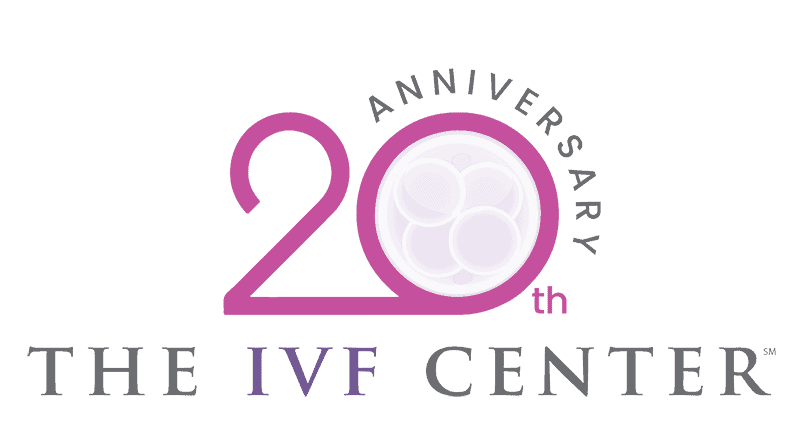Fertility Testing For Women
At The IVF CenterSM, our first goal during your initial visit is to place you at ease. Before performing any tests, we explain our approach to your care and answer any questions you may have. We take time to explain your reproductive anatomy and any factors that may be contributing to a fertility problem.
Following a thorough medical interview, we offer you a comprehensive physical examination and pelvic ultrasound. At the conclusion of your visit we outline a thorough infertility evaluation to determine the cause of your fertility problem.
Frequently Asked Questions
 The most fertile time for a women is during ovulation. Ovulation typically occurs within day 11 through day 21 of a woman’s cycle.
The most fertile time for a women is during ovulation. Ovulation typically occurs within day 11 through day 21 of a woman’s cycle.
Medical conditions like infertility can be found in both men and women, and both can be affected almost equally. Common causes of infertility for men can include declining sperm counts, testicular abnormalities, and decreased reach of climax. The most common conditions in women are tubal blockage, endometriosis, PCOS and advanced maternal age which affects egg quality/quantity.
Infertility currently affects about 6.1 million American couples (approximately 10% of American couples of childbearing age). About 25% of the 6.1 million infertile couples have multiple causes of infertility.
If you are a female and 35 years old or younger, it’s recommended to try for one year before considering scheduling a meeting. If you are 35 or older, six months of trying is considered the recommended amount to try before scheduling a meeting. This recommendation is in accordance with the American Society of Reproductive Medicine guidelines.
You always have the option to complete an examination at anytime to determine if you or your partner has fertility issues. At-home fertility testing is also available for both men and women.
Why The IVF CenterSM Is Unique
At The IVF CenterSM we recognize the process of IVF can at times be overwhelming.
To address this issue, we have an IVF Nurse available 24/7 to answer questions, guide you through the process, and provide emotional support. We also offer a Reproductive Health Psychologist to help couples develop their best coping strategies along their journey.
Success of the IVF Program at The IVF CenterSM is due to our scientific and technological excellence coupled with our compassionate and highly personalized approach to patient care.
The IVF CenterSM is committed to each couple’s success by providing individualized and supportive care along the way. We consider each couple part of our family as we attempt to help them create their own.









